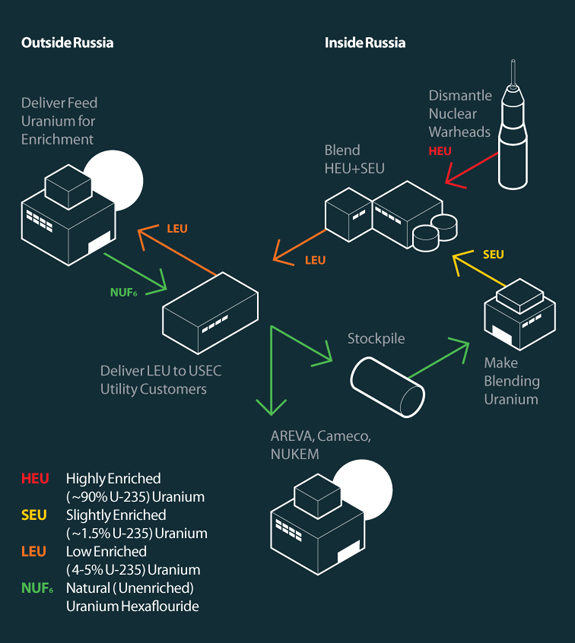


Georgia Power declared today that Plant Vogtle Unit 4 has entered commercial operation and is now serving customers and the US sta...
Boss Energy recently emerged as the world’s newest uranium producer as the March quarter saw the South Australian producer finis...
BHP Group is considering making an improved offer for Anglo American after its A$39 billion (US$25.5 billion) initial proposal was...
Uranium 101 - US-Russian Highly Enriched Uranium Agreement
